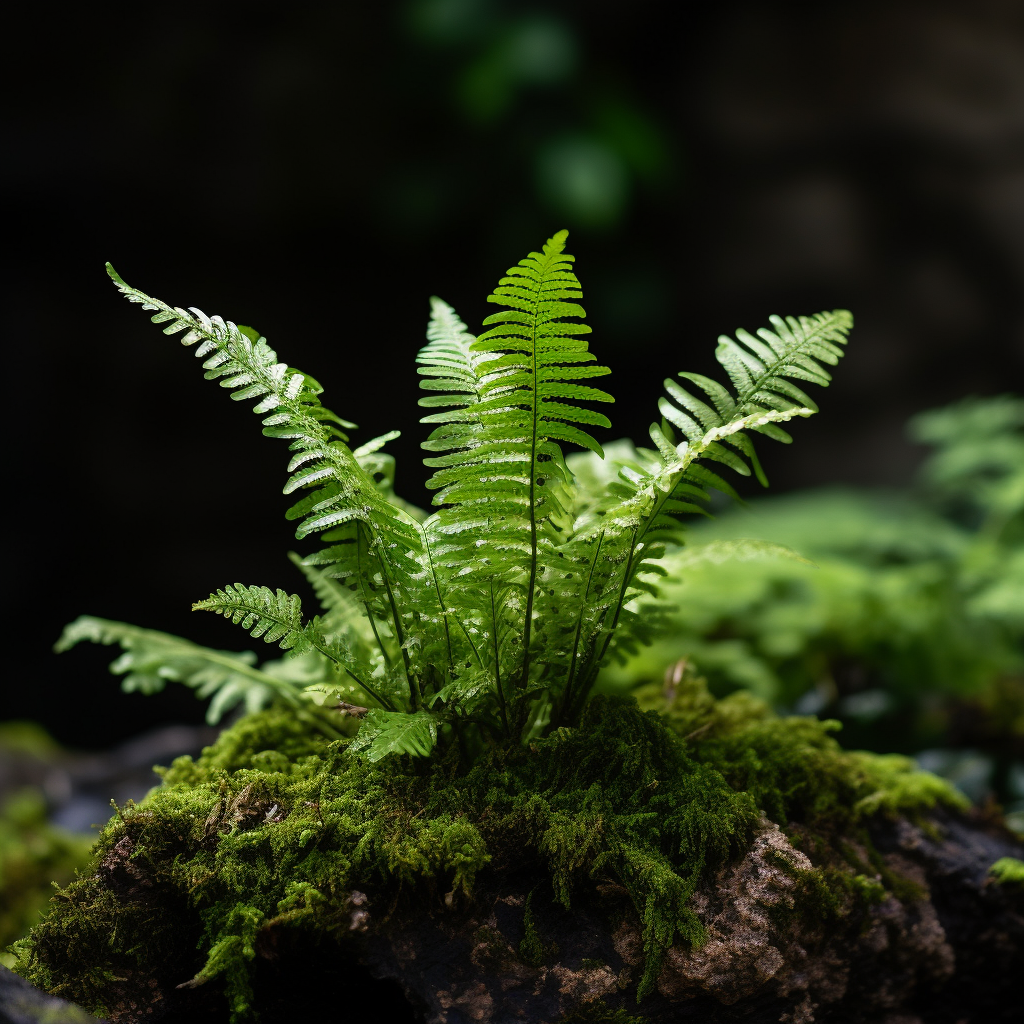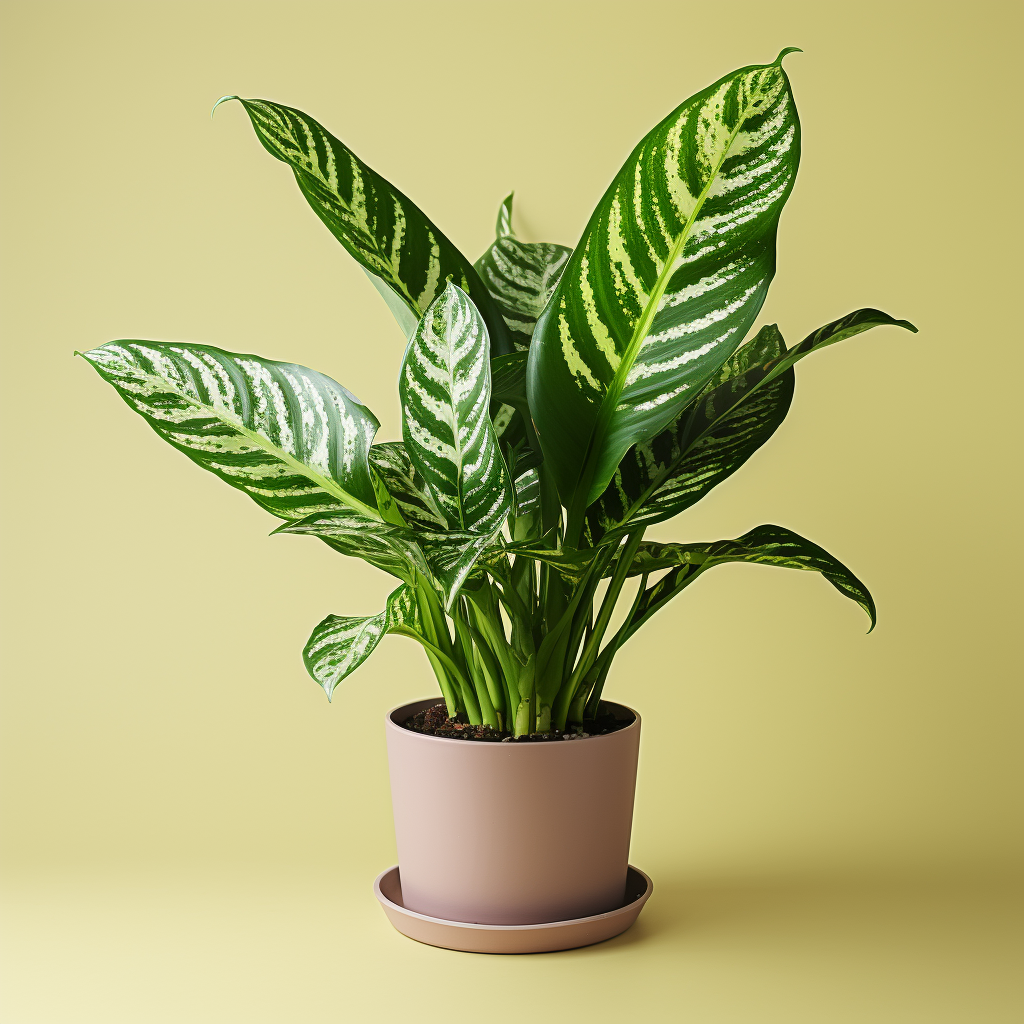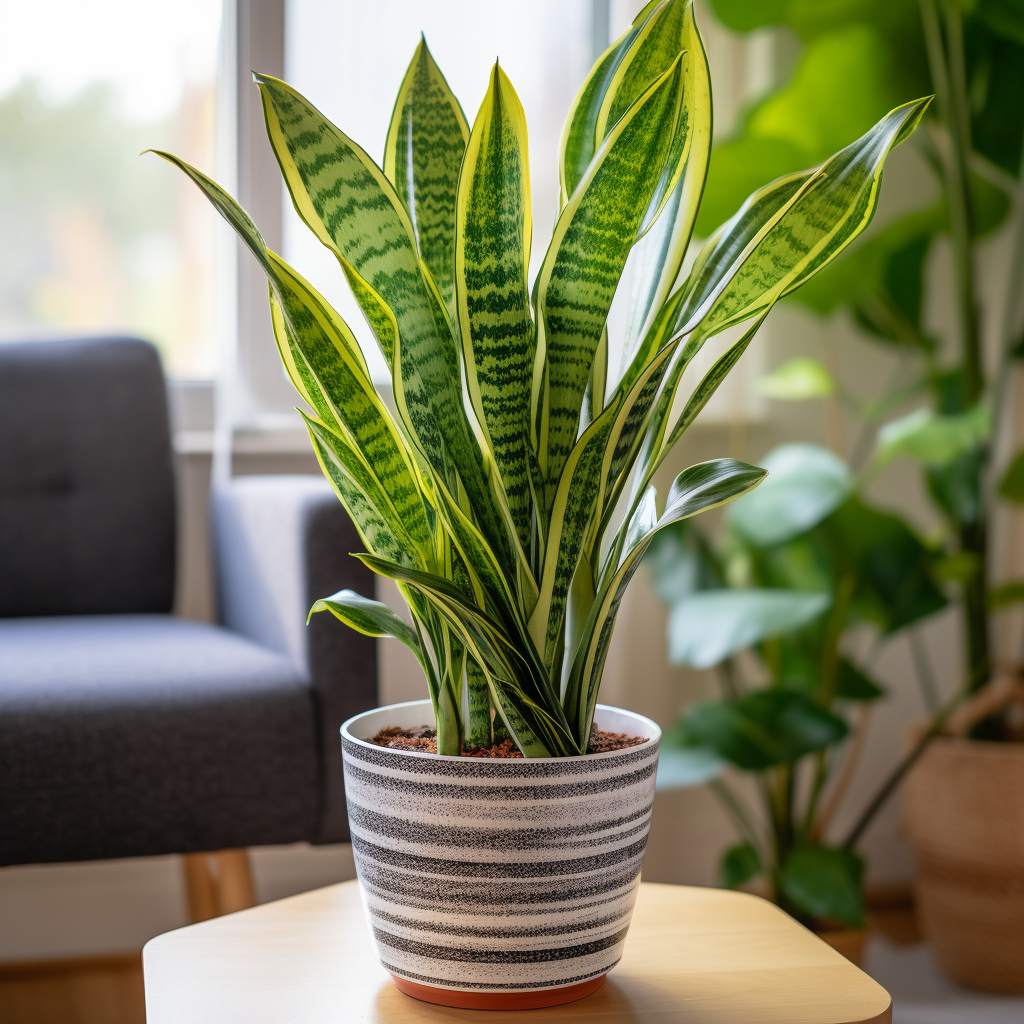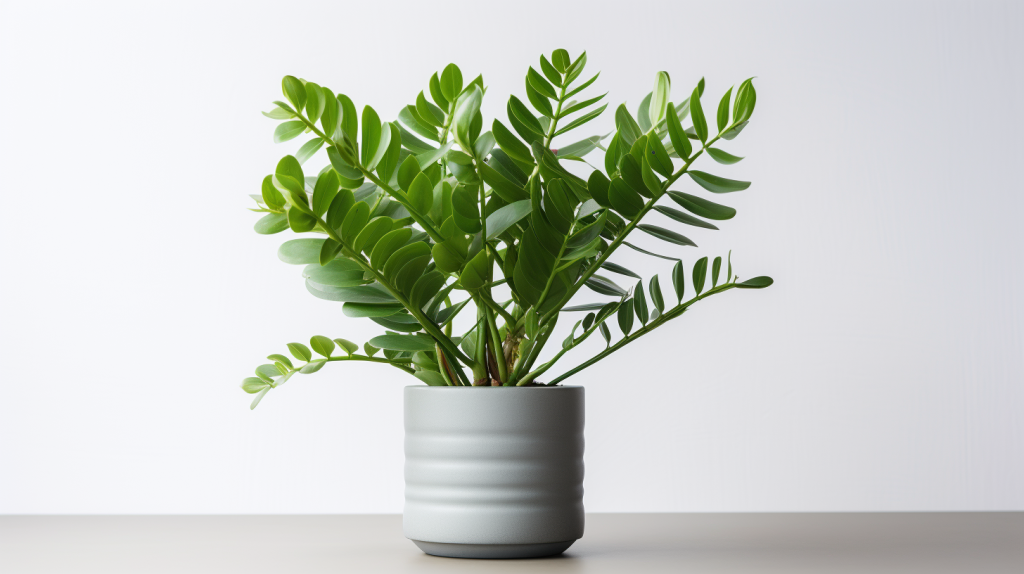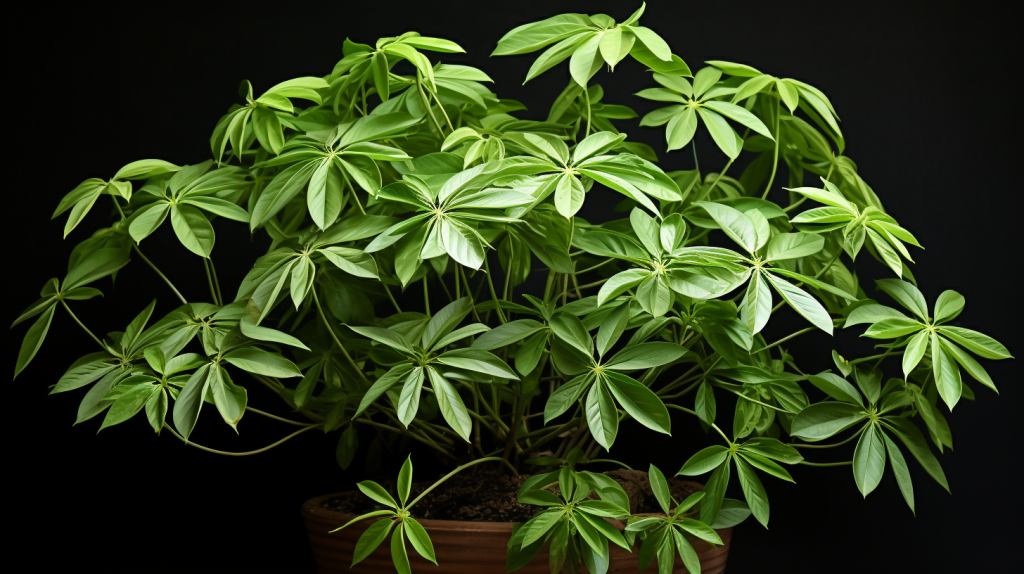So you’re intrigued by the unique Rabbit’s Foot Fern, also known as Davallia Fejeensis, and want to learn about its complete care guidelines? You’re in the right place! In this comprehensive guide, we’ll go through everything you need to know about this fascinating fern, including its description, how to care for it, and common issues you might face.
What Is Rabbit’s Foot Fern?
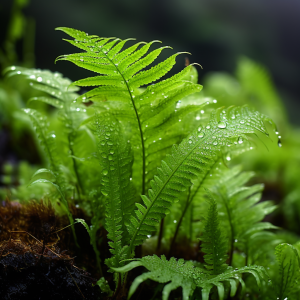
The Rabbit’s Foot Fern is a perennial fern from the Davalliaceae family. Its distinct name comes from the fuzzy rhizomes that resemble a rabbit’s foot, hence the name Rabbit’s Foot Fern. This unique plant, native to the Fiji Islands, is a favorite among many indoor gardeners due to its low maintenance nature and attractive, feathery fronds.
Description Of Rabbit’s Foot Fern
Known for its uniqueness, the Rabbit’s Foot Fern displays feather-like fronds which give it a delicate, yet striking appearance. The fern’s main charm, though, lies in its furry rhizomes, which are brown, fuzzy, and resemble a rabbit’s foot. These rhizomes can grow up to 2 inches in diameter and trail down the sides of the pot, providing a charming visual effect.
How Rabbit’s Foot Fern Looks
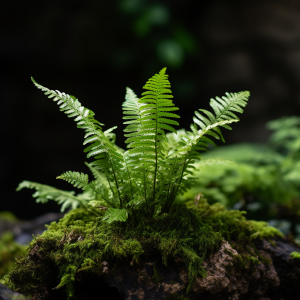
The Rabbit’s Foot Fern is a delicate, eye-catching plant. Its feather-like fronds are a vibrant green, creating a beautiful contrast with the fuzzy brown rhizomes. The fronds can grow up to 1-3 feet, whereas the rhizomes tend to crawl over the edge of the pot, creating a unique display that sets this plant apart from others.
Caring For Rabbit’s Foot Fern
In this section, we’ll cover the primary care requirements for the Rabbit’s Foot Fern. After that, we’ll provide a handy table summarizing the key care points.
The Rabbit’s Foot Fern is quite adaptable and can tolerate a wide range of conditions, making it an excellent choice for novice gardeners. Its care involves a balance of light, watering, soil type, repotting, fertilizer, humidity, temperature, and propagation methods.
Lighting Needed
Rabbit’s Foot Ferns thrive best in bright, indirect light. A north or east-facing window would be the ideal spot. However, be careful not to expose the fern to direct sunlight as it can cause the leaves to scorch.
Watering Rabbit’s Foot Fern
When it comes to watering, keep the soil evenly moist but not waterlogged. Overwatering can lead to root rot, a common issue with ferns. It’s best to let the top inch of the soil dry out before the next watering.
Type Of Soil
Rabbit’s Foot Fern prefers a well-draining soil mix, typically a combination of peat moss and perlite. A good choice is a high-quality potting mix specifically designed for ferns.
Re-Potting Rabbit’s Foot Fern
Re-potting should be done every 2-3 years or when the fern outgrows its current pot. When re-potting, be careful not to bury the rhizomes as they need to be on the surface of the soil to absorb nutrients and moisture.
Fertilizer Needed
Feeding your Rabbit’s Foot Fern with a balanced liquid fertilizer once a month during the growing season (spring and summer) will keep it healthy and vibrant. Always follow the manufacturer’s instructions when applying fertilizer.
Humidity & Temperature
Ferns love humid environments. A bathroom or kitchen can provide the high humidity this fern craves. If you live in a dry environment, consider using a humidifier or placing the fern on a tray of pebbles filled with water. As for temperature, the Rabbit’s Foot Fern prefers temperatures between 60-75°F (15-24°C).
Propagating Rabbit’s Foot Fern By Spores
Propagating Rabbit’s Foot Fern can be done by collecting and sowing the spores found under mature fronds. However, this method requires patience and care, as it can take a few months for the spores to germinate.
Propagating Rabbit’s Foot Fern By Division
A simpler method of propagation is by division, where the plant’s rhizomes are divided into multiple sections, each containing at least one frond. Each section can then be planted in its own pot.
Common Problems With Rabbit’s Foot Fern
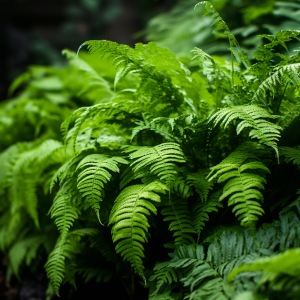
Some common problems faced by Rabbit’s Foot Fern owners include yellowing leaves (usually due to overwatering), crispy brown leaves (caused by low humidity or direct sunlight), and slow growth (potentially due to lack of nutrients or inadequate lighting).
Frequently Asked Questions (FAQs)
- How often should I water my Rabbit’s Foot Fern?
Let the top inch of the soil dry out before the next watering. - Why are my Rabbit’s Foot Fern’s leaves turning yellow?
This is usually a sign of overwatering. Cut back on watering and ensure the pot has good drainage. - Why are the leaves on my Rabbit’s Foot Fern turning brown and crispy?
This is usually due to low humidity or exposure to direct sunlight. Ensure the fern is in a humid environment and away from direct sunlight. - Why is my Rabbit’s Foot Fern not growing?
The plant might be lacking nutrients or not getting enough light. Consider using a balanced fertilizer and moving the plant to a brighter location. - Can I propagate my Rabbit’s Foot Fern by division?
Yes, propagation by division is a simpler method that involves dividing the rhizomes into sections.
Conclusion
The Rabbit’s Foot Fern, with its delicate fronds and fuzzy rhizomes, is a unique addition to any indoor garden. Although it might look complicated, caring for it is relatively easy, making it a perfect choice for both beginner and expert gardeners. Remember, the key to a thriving Rabbit’s Foot Fern is a balance of light, watering, soil, fertilizer, and humidity. Happy gardening!
References:
- “Davallia fejeensis – Rabbit’s Foot Fern” www.thespruce.com
- “Rabbit’s Foot Fern Care – How to Grow Davallia fejeensis” www.gardeningknowhow.com
- “How to Propagate a Rabbit’s Foot Fern” www.wikihow.com
- “Fern Care 101: Rabbit’s Foot Fern (Davallia fejeensis)” www.apartmenttherapy.com
- “Rabbit’s Foot Fern Plant: How to Care for Davallia fejeensis” www.epicgardening.com

